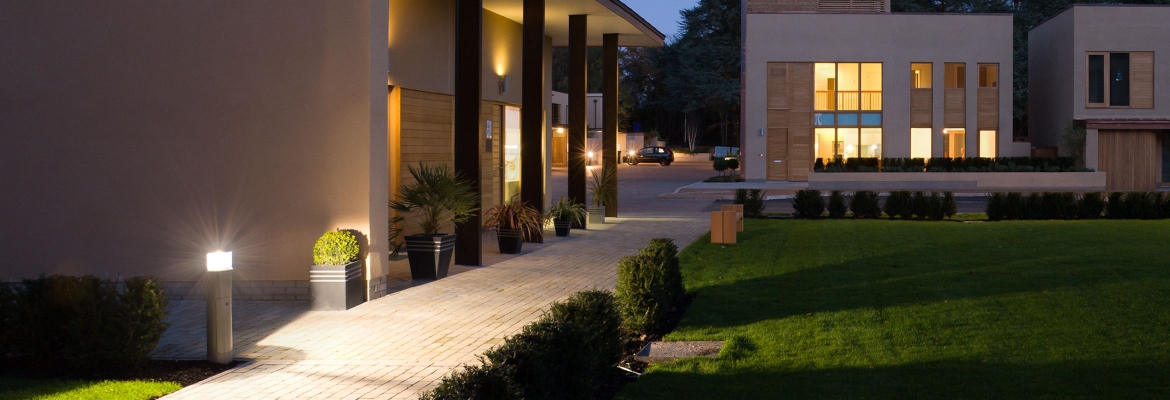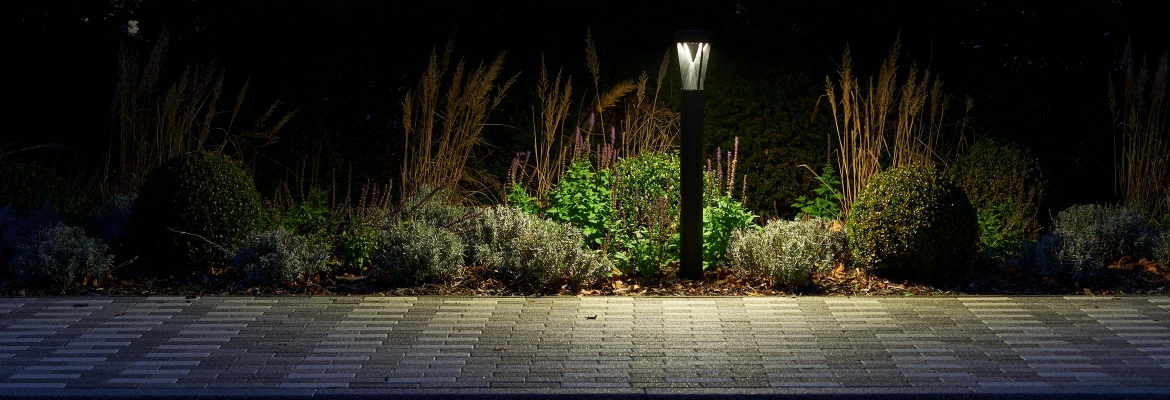How to: light with bollards
January 2019
DW Windsor operates internationally. For the best experience in your region, please select the region most applicable to you.
January 2019
Typically, up to 1m in height, but up to 2m is possible. Performance dictates that bollards are not used for adaptable lighting designs – so you wouldn’t (shouldn’t) find one lighting your nearest motorway!
Small car parks, residential developments, parks / gardens and retails parks are the more obvious places to spot a bollard. There are even some less likely spaces where the right bollard can do a great job, such as railway sidings, where a low-level solution is required.

Bollards are typically spaced between 10 – 12m apart. However, this is application specific and can change to meet the demands of a project. Some other factors to consider below:

Given a bollard’s applications, they are not governed by lighting standards for light levels as they are not expected to add vast quantities of light to a space. For example, Secure by Design version 1: 2016 states:
However, the Secure by Design accolade is merited on a case-by-case basis and is subjective. Use the right bollard in your scheme and you can overcome the low performance expected with bollard lighting and can reach the requirements of Secure by Design.
Kirium Bollard – our NEW performance solution for car parks, perimeters and pathway illumination. Complementary to our Kirium Pro range of street lighting and wall luminaires
Ren – for schemes where an architectural, quality aesthetic is required, perfect for commercial or residential schemes. With enhanced vertical illumination for facial recognition
Pharola – a family solution available in 3 different options – Pharola, the slimmest LED bollard on the market. Pharola Max, with door - for cable termination access and Pharola DS, for dark sky compliance (featuring 0% upward light) for ecologically sensitive areas